Give the IUPAC names of the following compound Na2[CrF4O]
To provide the IUPAC name for the compound Na2(CrF4O), we will follow these steps:
1. Identify the Components of the Compound:
The compound consists of sodium ions (Na+) and the coordination complex (CrF4O)2−.
2. Determine the Oxidation State of Chromium:
- Let the oxidation state of chromium be x.
- The charges from the ligands are:
- Fluorine (F) has a charge of -1, and there are 4 fluorine atoms, contributing a total of -4.
- Oxygen (O) has a charge of -2.
- The overall charge of the coordination complex is -2.
- Therefore, we can set up the equation:
x+(−4)+(−2)=−2
Simplifying this gives:
x−6=−2⟹x=+4
Thus, chromium is in the +4 oxidation state.
3. Naming the Ligands:
- The ligands present are 4 fluorine atoms and 1 oxygen atom.
- The ligand for fluorine is named "fluorido" and for oxygen, it is "oxo".
- Since there are 4 fluorine atoms, we use the prefix "tetra" for fluorido.
- The ligands are named in alphabetical order, so we will write "tetrafluorido" first, followed by "oxo".
4. Naming the Central Metal:
- The central metal is chromium, which is in the +4 oxidation state.
- Since the coordination complex has a negative charge, we modify the name of chromium to "chromate" by adding the suffix "-ate".
5. Combining All Parts:
- The cation (sodium) is named first, followed by the name of the coordination complex.
- The complete IUPAC name is:
Sodium tetrafluorido oxo chromate(IV)
Final Answer:
The IUPAC name of the compound Na2(CrF4O) is Sodium tetrafluorido oxo chromate(IV).
The compound consists of sodium ions (Na+) and the coordination complex (CrF4O)2−.
- Let the oxidation state of chromium be x.
- The charges from the ligands are:
- Fluorine (F) has a charge of -1, and there are 4 fluorine atoms, contributing a total of -4.
- Oxygen (O) has a charge of -2.
- The overall charge of the coordination complex is -2.
- Therefore, we can set up the equation:
x+(−4)+(−2)=−2
Simplifying this gives:
x−6=−2⟹x=+4
Thus, chromium is in the +4 oxidation state.
- The ligands present are 4 fluorine atoms and 1 oxygen atom.
- The ligand for fluorine is named "fluorido" and for oxygen, it is "oxo".
- Since there are 4 fluorine atoms, we use the prefix "tetra" for fluorido.
- The ligands are named in alphabetical order, so we will write "tetrafluorido" first, followed by "oxo".
- The central metal is chromium, which is in the +4 oxidation state.
- Since the coordination complex has a negative charge, we modify the name of chromium to "chromate" by adding the suffix "-ate".
- The cation (sodium) is named first, followed by the name of the coordination complex.
- The complete IUPAC name is:
Sodium tetrafluorido oxo chromate(IV)
The IUPAC name of the compound Na2(CrF4O) is Sodium tetrafluorido oxo chromate(IV).
Topper's Solved these Questions
- COORDINATION COMPOUNDS Book:ICSEChapter:COORDINATION COMPOUNDS Exercise:EXERCISE (PART - I OBJECTIVE QUESTIONS)
Explore 22 Videos
- COORDINATION COMPOUNDS Book:ICSEChapter:COORDINATION COMPOUNDS Exercise:EXERCISE (PART - I OBJECTIVE QUESTIONS) (Multiple Choice Questions)
Explore 30 Videos
- COORDINATION COMPOUNDS Book:ICSEChapter:COORDINATION COMPOUNDS Exercise:ISC EXAMINATION QUESTION (PART- II DESCRIPTIVE QUESTIONS)
Explore 39 Videos
- CHEMISTRY-2020 Book:ICSEChapter:CHEMISTRY-2020 Exercise:Question (Answer the following question)
Explore 4 Videos
- d- AND- f- BLOCK ELEMENTSBook:ICSEChapter:d- AND- f- BLOCK ELEMENTSExercise:ISC EXAMINATION QUESTIONS (PART-II)(DESCRIPTIVE QUESTIONS)
Explore 15 Videos
Similar Questions
Give the IUPAC name of the following compound:

View SolutionGive the IUPAC name of the following compound :

View SolutionGive the IUPAC name of the following compound.
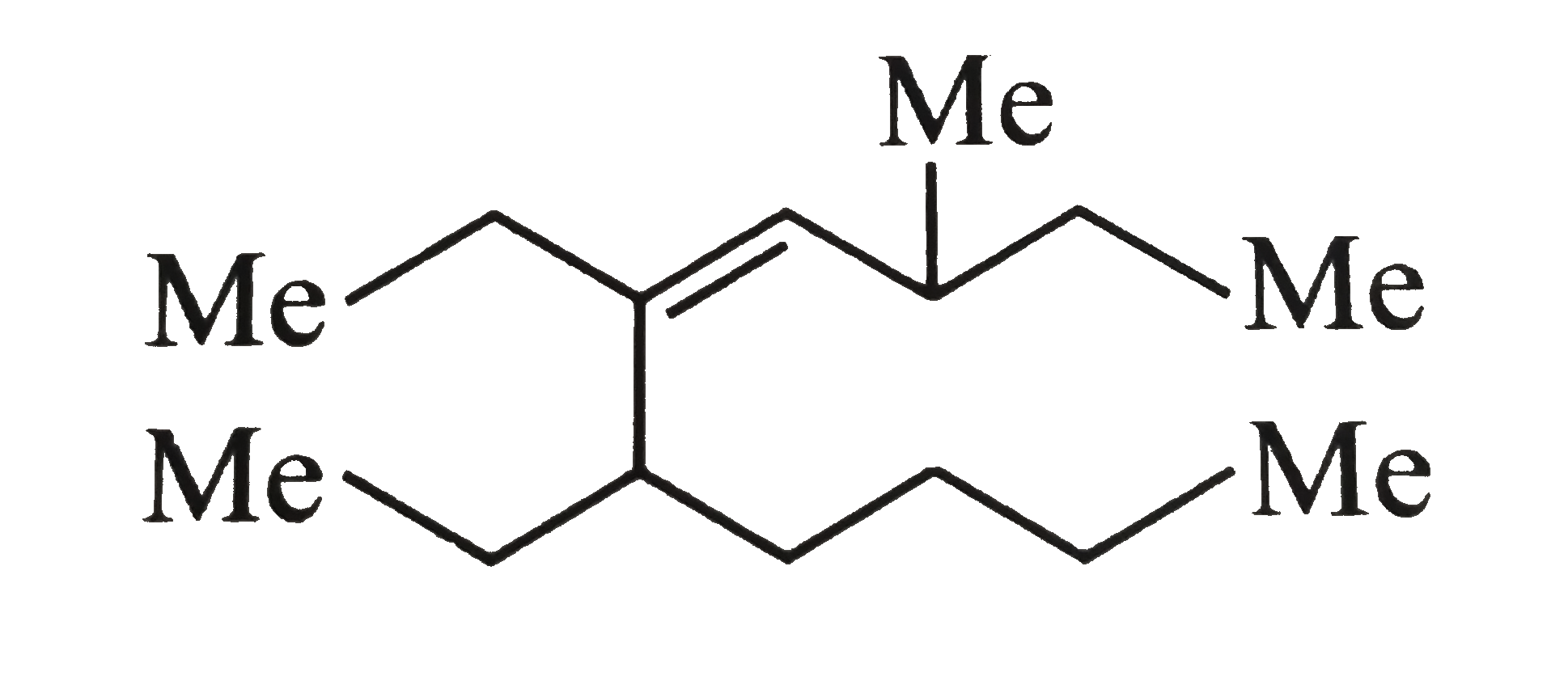
View SolutionGive the IUPAC name of the following compound.
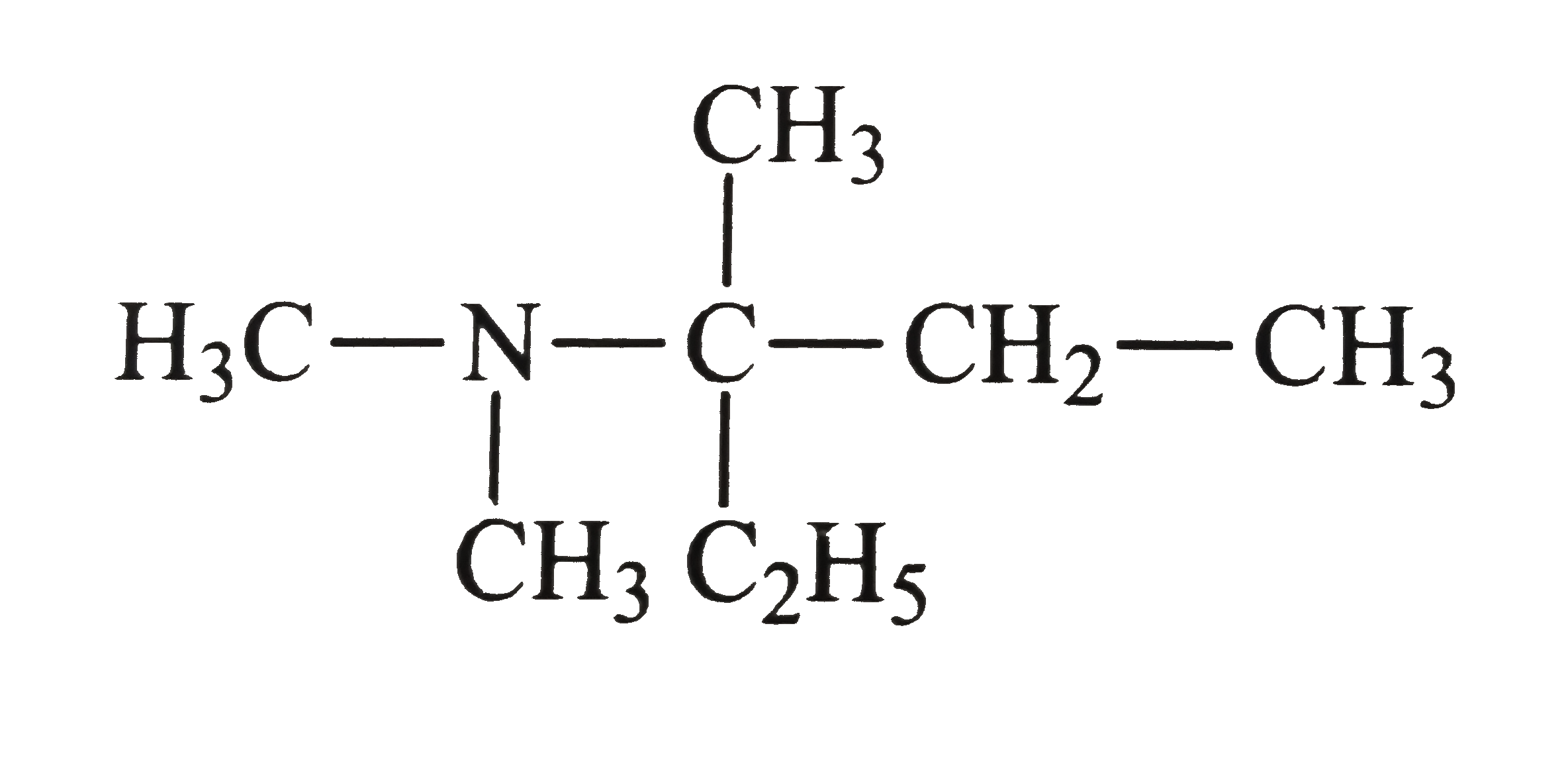
View SolutionGive the IUPAC name of the following compounds
View SolutionThe IUPAC name of the following compound
View SolutionThe IUPAC name of the following compound
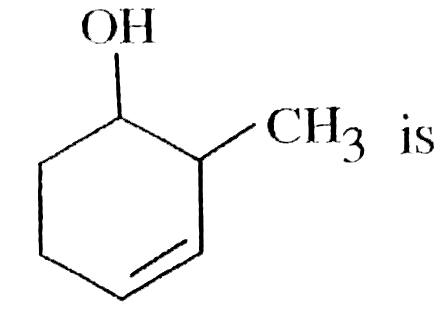
View SolutionGive the IUPAC names of the following compounds :

View SolutionGive the IUPAC names of the following compounds :
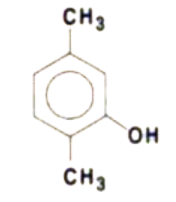
View SolutionGive the IUPAC names of the following compounds :
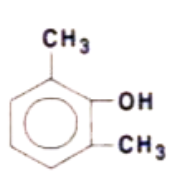
View Solution